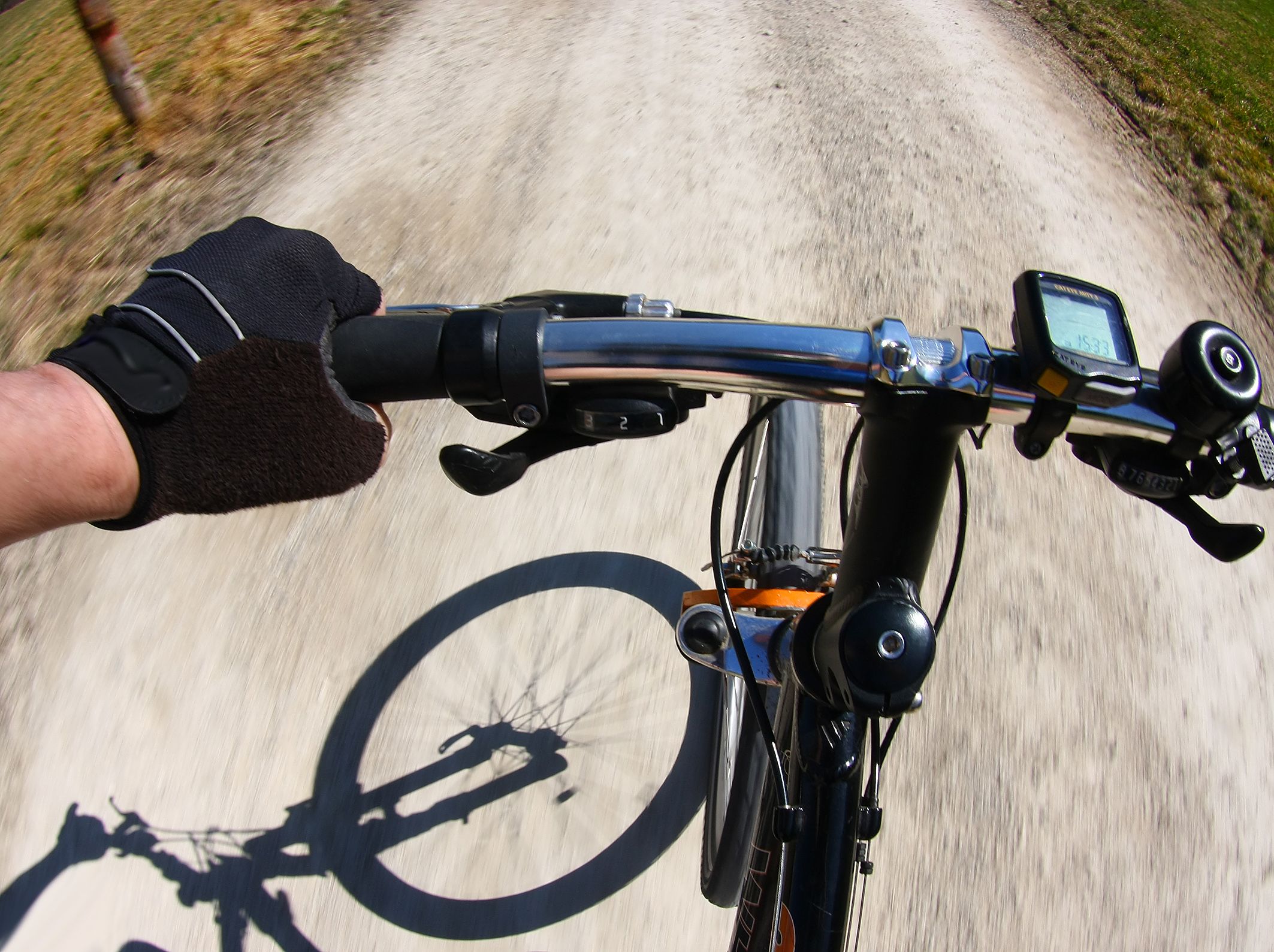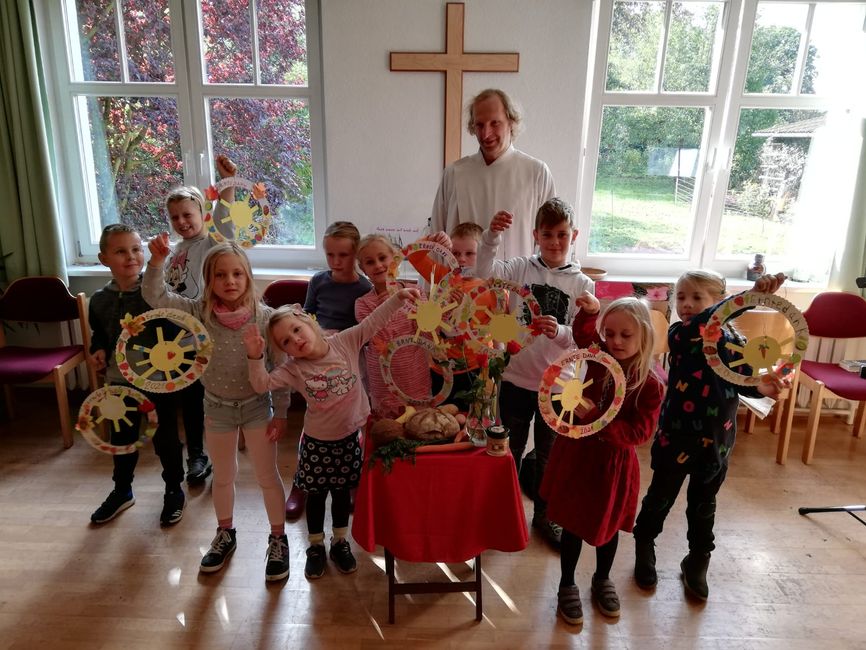
Go East - Mit dem Fahrrad zu Ev. Gemeinden in Osteuropa
vakantio.de/go-east-mit-dem-rad-zu-gemeinden-in-osteuropa
Day 54 - August 31: Oroshaza - Newly Founded by Evangelical Christians
Yayınlanan: 01.09.2022
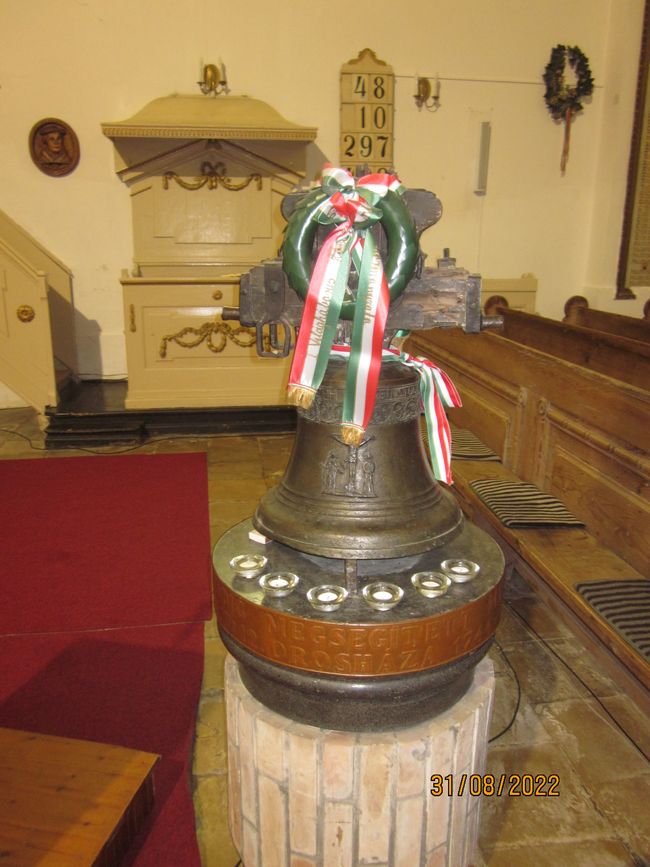
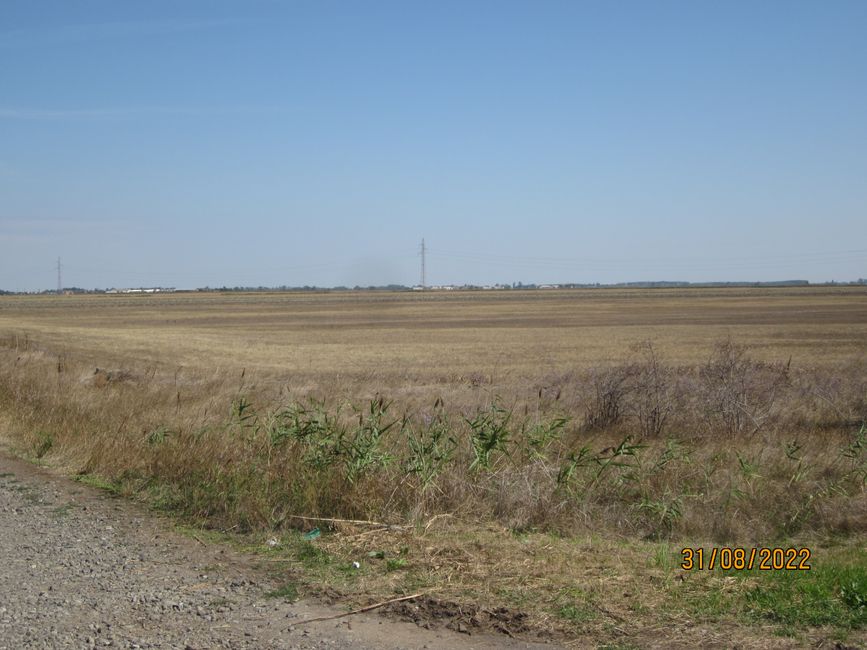
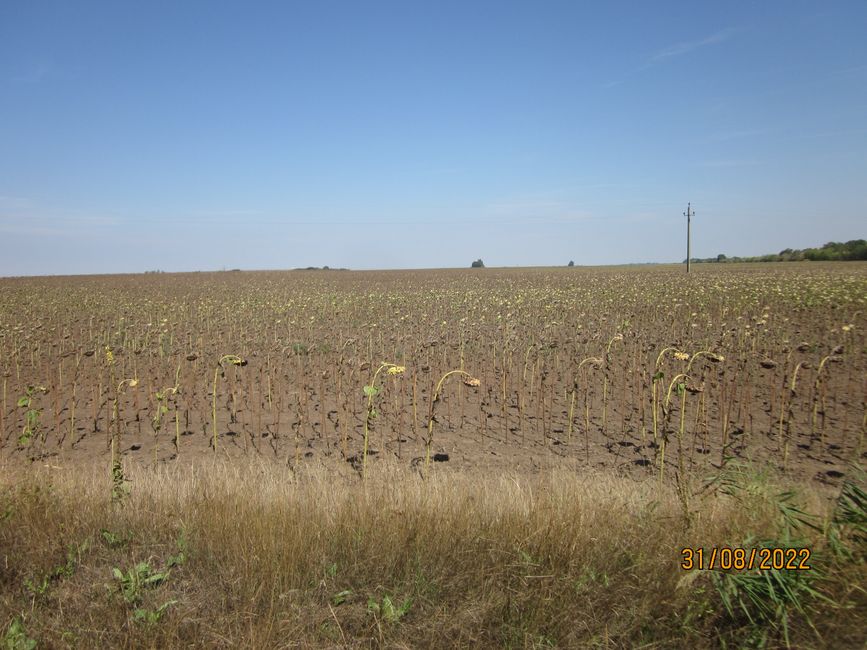
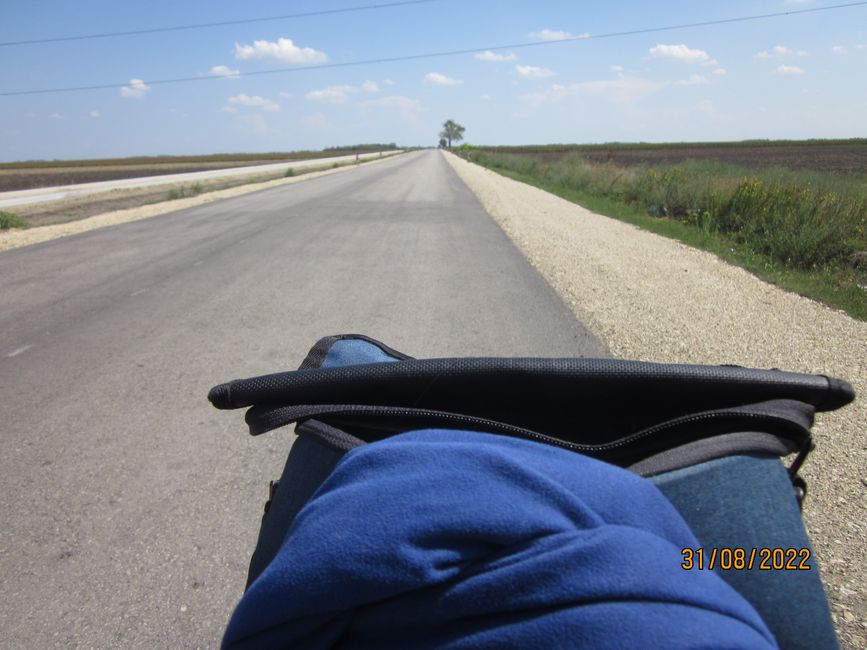
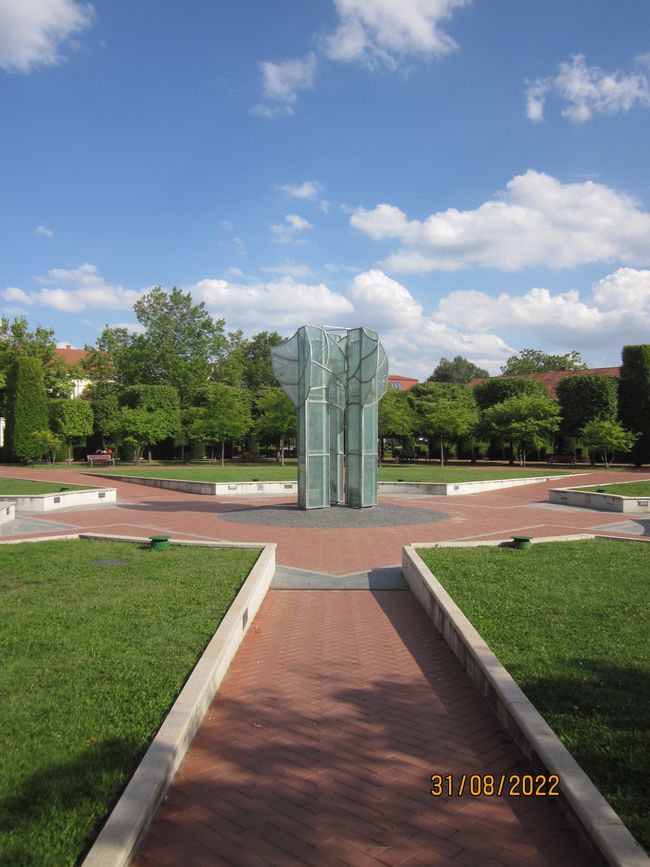
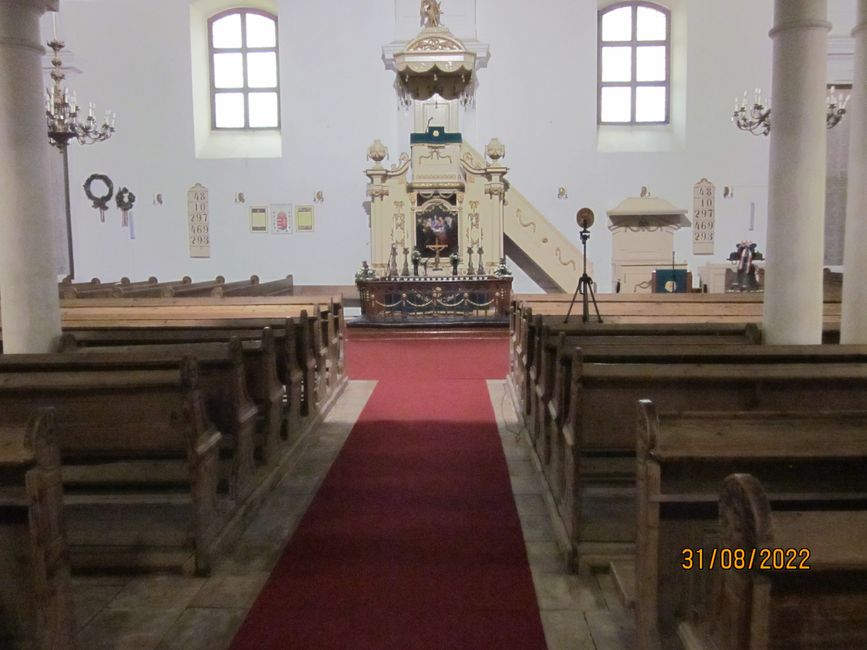
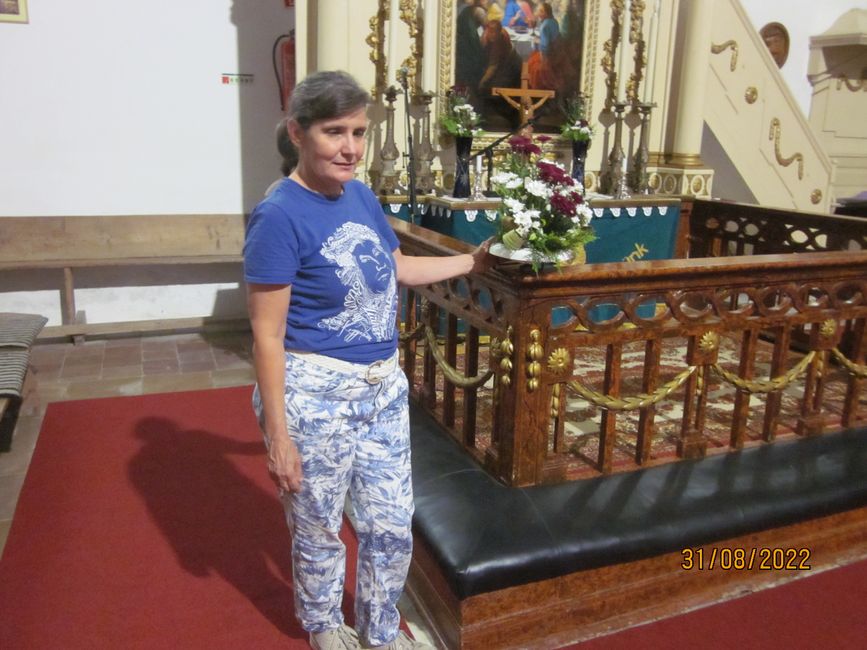
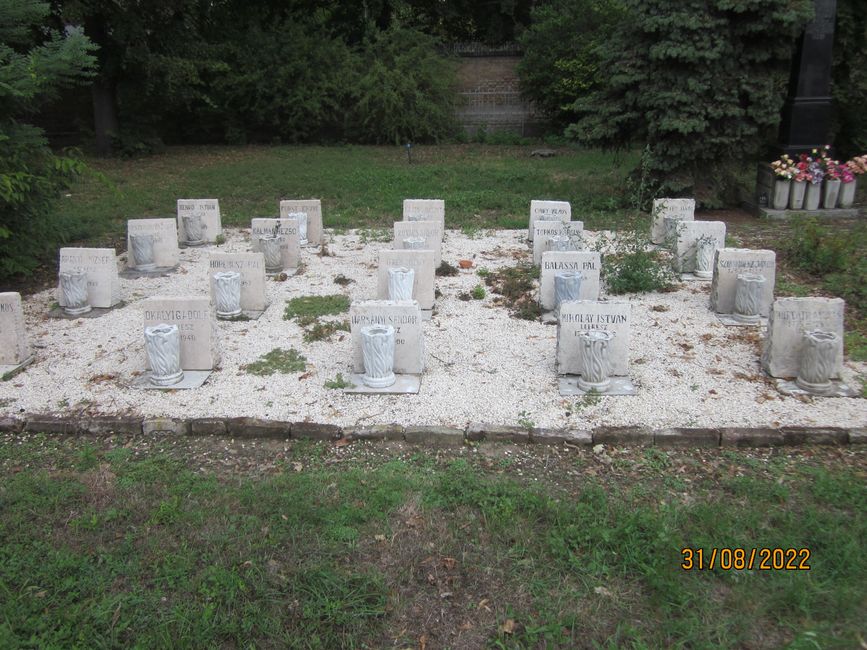
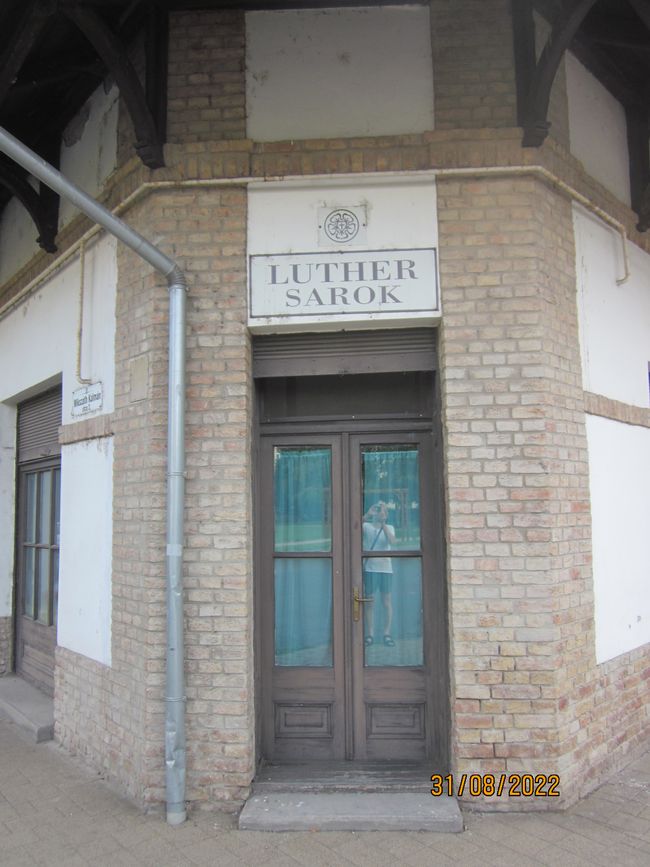
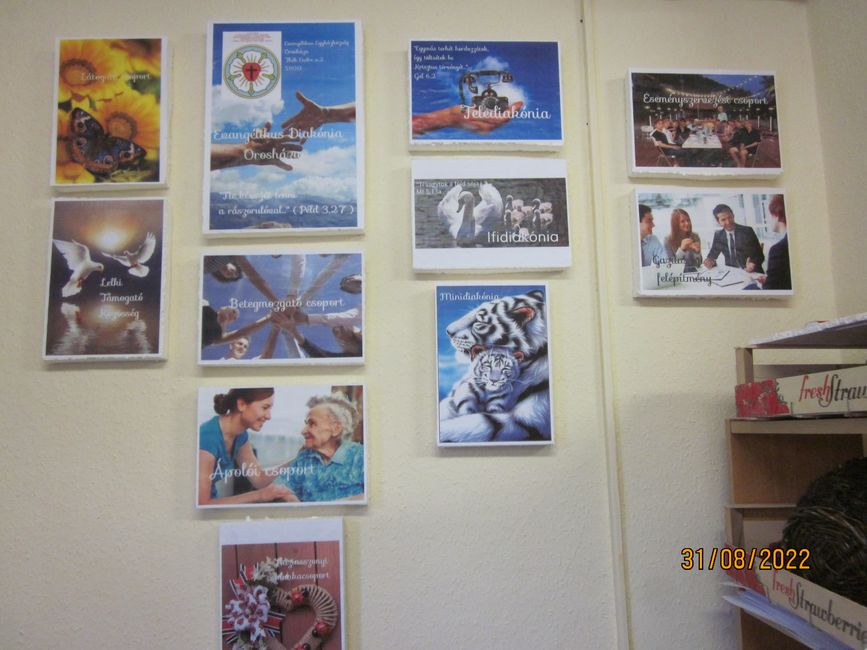
Haberlere kayıt ol
The last day of August was sunny and hot. My destination for the day, the once thriving Evangelical town of Oroshaza, was only 43km away from Szentes, but it took me through the southern Great Hungarian Plain. The Puszta is characterized by vast and endless expanses. Everything is flat, you can see for kilometers. Great for biking, if it weren't for the heat. There was hardly any shade at times. It was simply a matter of drinking enough water and riding on. I often passed by huge dried-up sunflower fields. It hadn't rained in the Puszta for many weeks. In principle, I cycled the entire distance almost 'in one go'. I only stopped occasionally for a drink where there was some shade. After about 2.5 hours, I arrived in Oroshaza in the early afternoon, bought myself a cold Radler, and had a picnic in the shade of the Catholic church.
Afterwards, I quickly found the Evangelical parish office, which was even staffed with two employees. However, the so-called 1st head pastor was not there. A message from the previous evening ended up in his spam folder. Instead, Julia, an employee of the community diaconate, first took me to the community apartment where I was allowed to stay overnight and then through the city and the large baroque town church. She told me that after the expulsion of the Ottomans from Hungary, the city was newly founded in 1744 by Lutheran Protestant refugees from Zomba. This is commemorated by the glass pear tree monument on the central square, which we visited first. In addition to the main church in the center, there are other Evangelical churches in different districts of Oroshaza. In the 19th century, almost only Lutherans lived in the city. After World War II, there was a major population exchange between Hungary and Slovakia, and the composition of the city's population changed significantly.
About 20 years ago, the church community regained the former Protestant school, also established a kindergarten, and operates numerous diaconal institutions. Therefore, there are a total of 4 Lutheran pastors working in the city today, including the school chaplain. A historical bell, which the Lutherans once brought from their old hometown Zomba, stands next to the altar in the church. Right next to the church, there is a separate Lutheran cemetery where the first pastor's grave is located. Today, numerous buildings belong to the Evangelical church community again. Some are also rented to businesses, such as hairdressers. The city, with its approximately 30,000 inhabitants, breathes Lutheran history everywhere.
According to the list, the community now has around 2,000 members, but only 500-600 actively participate in various community events. Of course, there is a church service every Sunday, attended by about 50 visitors. The monthly family service with 150 attendees and the special toddler service in the large community center are more popular. In the summer, there was a large children's camp around the church. For the confirmed youth of the community, there is even a separate house called Luther Eck, where they can meet independently. There are also various diaconal groups supervised and organized by Julia. I was once again amazed at the different offerings available. In the evening, the community choir also gathered. But that wasn't all. Julia organized a meeting with the second parish pastor and an interpreter the next morning to present the further work of the Evangelical community.
Afterwards, I went shopping and cooked myself a delicious dinner in the small kitchen of the community apartment. I also checked the German news on my laptop to see what's happening politically in Germany.
Haberlere kayıt ol
Cevap
